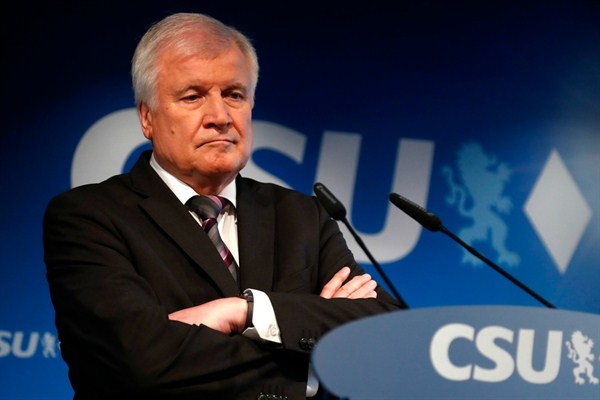Last weekend’s state elections in Germany’s reliably conservative region of Bavaria smashed a tradition that had endured since the end of World War II and reinforced a trend that is spreading across the world in this tumultuous political age. In country after country, moderates are getting squeezed while parties advocating a less conciliatory approach on both the right and the left make gains.
Bavarian voters refused to give a majority to the center-right Christian Social Union, or CSU, the sister party of Chancellor Angela Merkel’s Christian Democratic Union, the CDU. In keeping with the emerging pattern, voters punished the CSU and other centrist parties, boosting their support for ideologies and politicians less inclined to compromise. Even after strategically sliding rightward to protect itself from an assault from the far right, the CSU finished with just 37.2 percent of the vote, losing 16 seats in the provincial parliament. The center-left Social Democrats saw their support cut in half, winning less than 9.7 percent of the vote. While the center-left and center-right lost, the far-right Alternative for Germany entered the Bavarian parliament for the first time, with 10.2 percent of the vote, and the Greens, a more left-leaning party than the Social Democrats, finished second, jumping to 17.5 percent of the vote.
Each country has its own dynamics, but the drift away from the center is hardly unique to Germany. Last week, I wrote about Brazil’s first-round election, in which the controversial far-right candidate, Jair Bolsonaro, surprised observers by nearly winning outright. With a dozen candidates on the ballot, voters set up a runoff between the left and the far right, decisively winnowing out the center.

